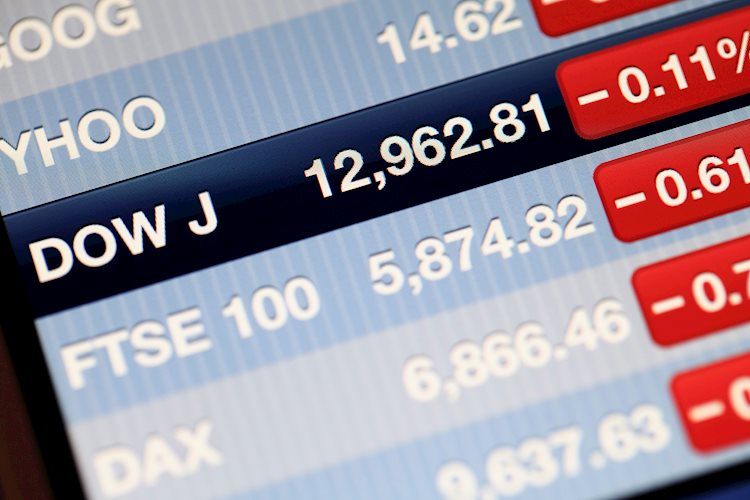The Dow Jones Industrial Average (DJIA) reached a milestone on Friday by hitting 44,000 for the first time in history. This comes as equities continue to trend bullish to close out an impressive trading week. The University of Michigan (UoM) Consumer Sentiment Index also surpassed expectations, rising to 73.0 in November compared to the anticipated 71.0 print. This positive consumer outlook signals cautious optimism surrounding the US economy.
The recent surge in the Dow Jones can be partly attributed to a decisive election win for former President Donald Trump and a 25 bps interest rate cut from the Federal Reserve (Fed). Additionally, the uptick in consumer sentiment survey results further reinforces the bullish sentiment among stock traders. The Dow Jones index saw over two-thirds of its components ending the week with gains, with top performers such as McDonald’s, Unitedhealth, and Procter & Gamble all finishing around 2% higher. On the flip side, Caterpillar experienced a decline of around 3.5% after reporting lower sales of equipment to end-users.
Looking ahead, the Dow Jones price forecast remains in record high territory, making it challenging to find short momentum entry points. The index is significantly overbought and lacks technical short opportunities. The long-term bullish trend of the Dow Jones has been consistent, with the index surpassing its 200-day Exponential Moving Average (EMA) for an entire year. Despite a brief pause in October, the Dow Jones has maintained its upward trajectory, posting gains in the majority of the last 11 months.
The Dow Jones Industrial Average is an iconic stock market index that tracks the performance of 30 highly traded US stocks. Founded by Charles Dow, the index is price-weighted and calculated by summing the prices of its constituent stocks. While the DJIA has been criticized for its limited representation compared to broader indices like the S&P 500, it remains a significant benchmark for market performance. Various factors drive the DJIA, including company earnings reports, macroeconomic data, interest rates, and inflation.
Dow Theory, developed by Charles Dow, offers a method for identifying the primary trend of the stock market. By comparing the movements of the DJIA with the Dow Jones Transportation Average (DJTA), traders can determine the direction of the trend. Volume serves as a confirming factor in this analysis. Traders have several options for trading the DJIA, including ETFs like the SPDR Dow Jones Industrial Average ETF (DIA), futures contracts, options, and mutual funds. These instruments provide investors with different ways to gain exposure to the Dow Jones index and capitalize on market trends.











